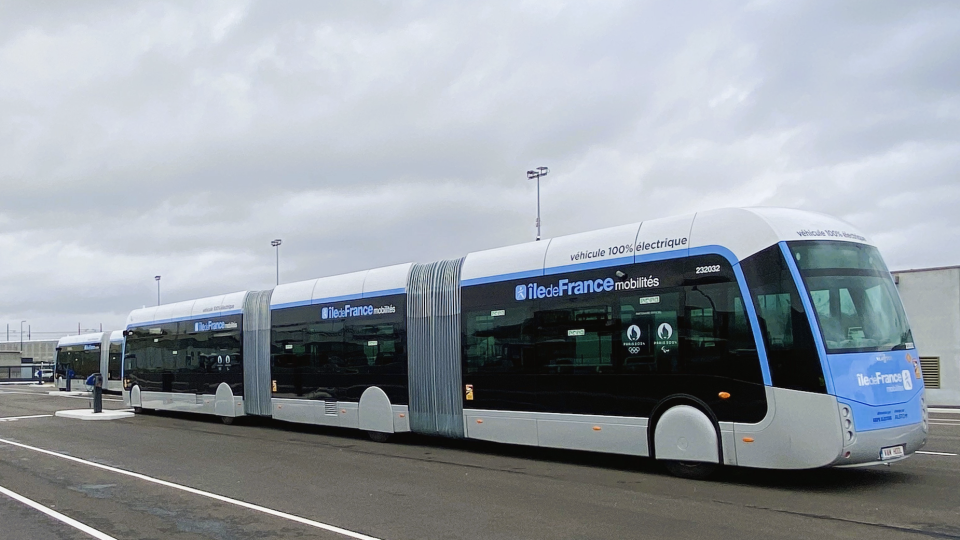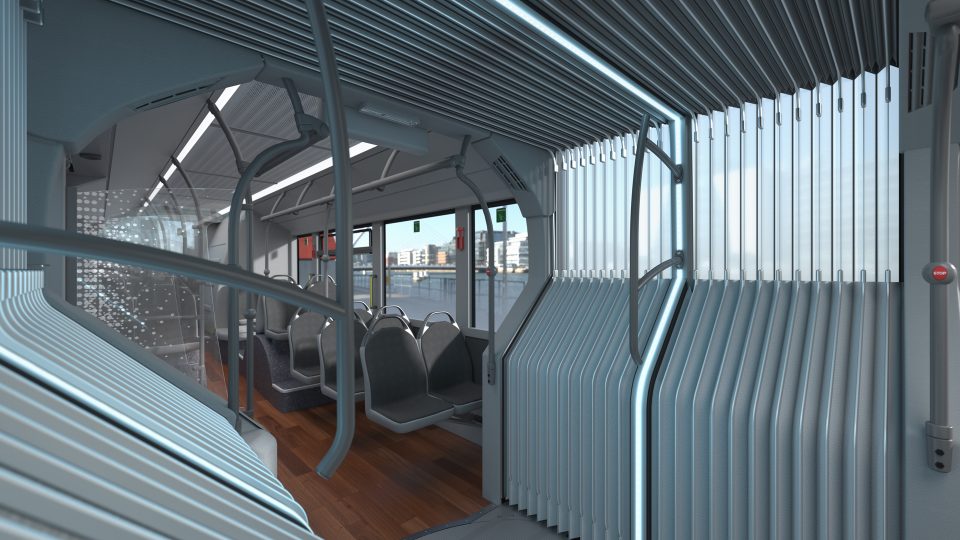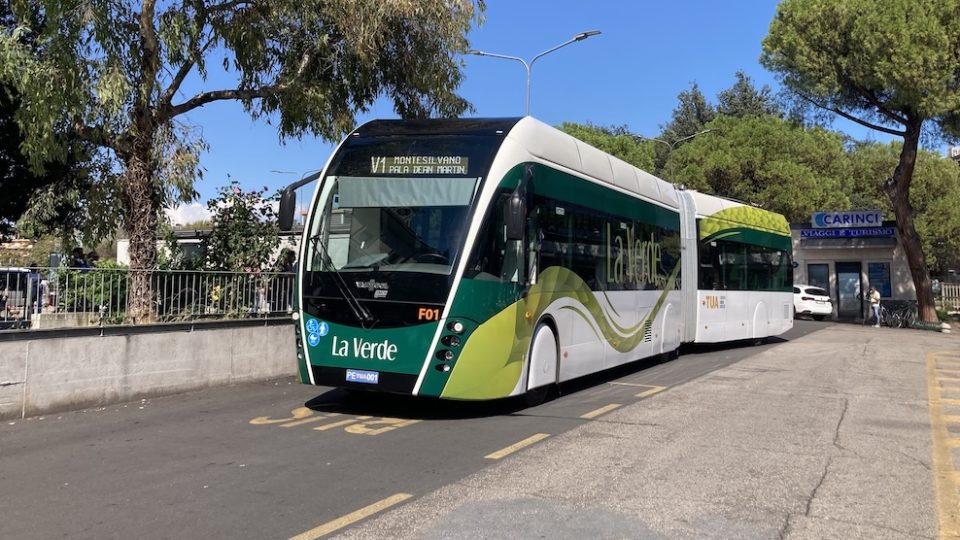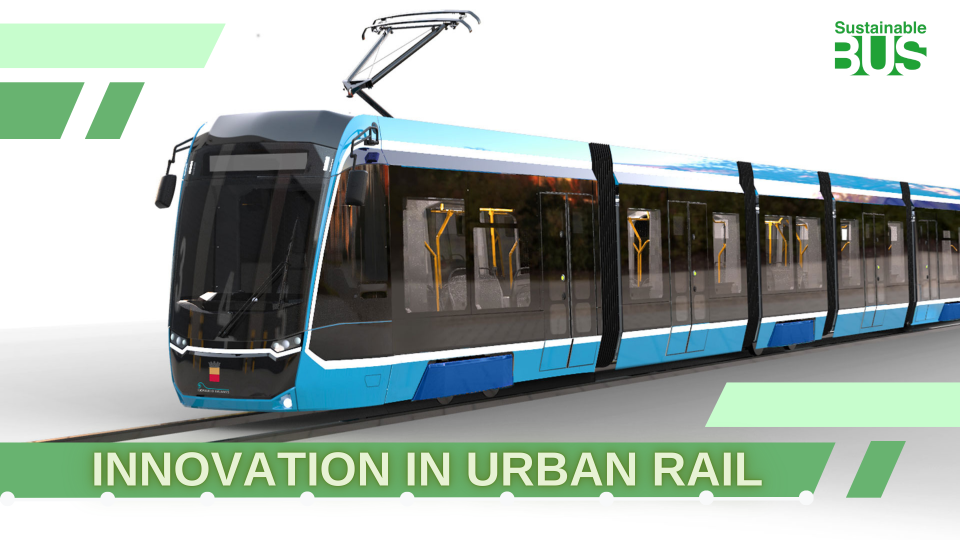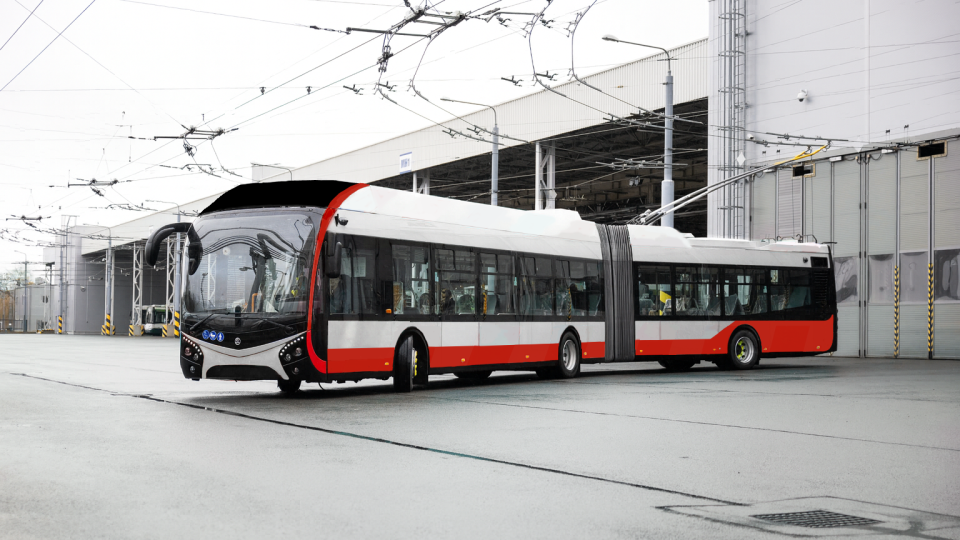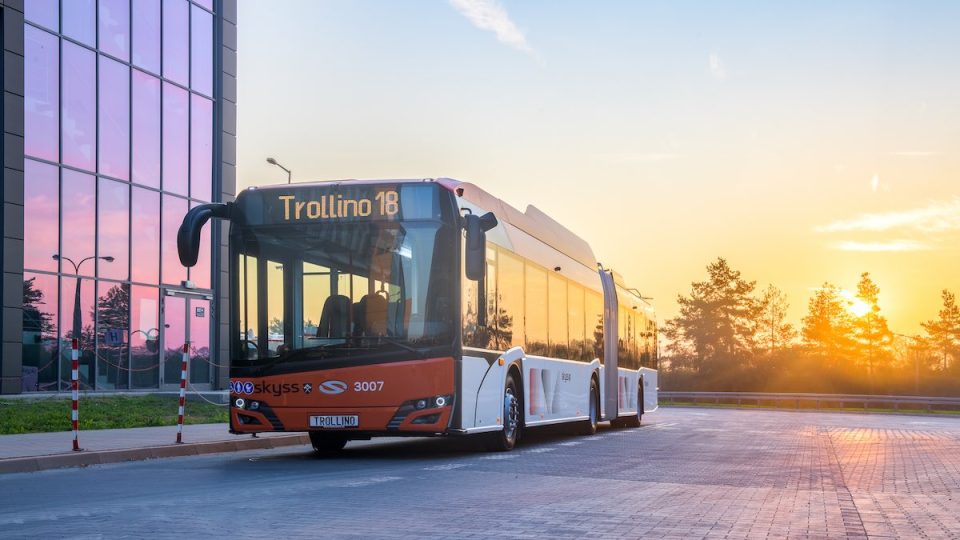Keolis will continue to manage urban transport in Bordeaux. The 8-year contract is «the largest ever concluded by a French metropolis»
Keolis will continue to manage urban transport in Bordeaux through its subsidiary Keolis Bordeaux Metropole. The Paris-based company, 70 percent owned by SNCF, won the tender against the other French giant Transdev. This was announced by Alain Anziani, president of Keolis Bordeaux Metropole, although the official awarding will have to be confirmed by a vote […]
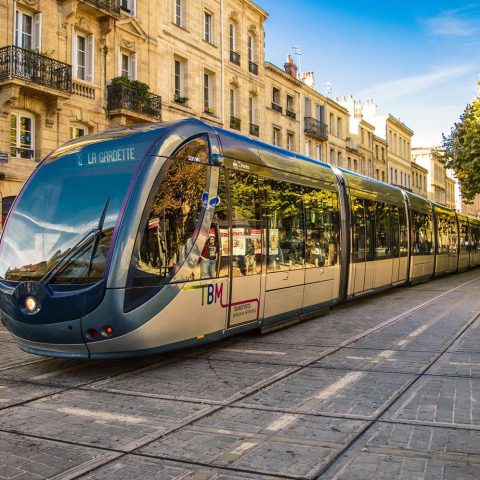
Keolis will continue to manage urban transport in Bordeaux through its subsidiary Keolis Bordeaux Metropole. The Paris-based company, 70 percent owned by SNCF, won the tender against the other French giant Transdev. This was announced by Alain Anziani, president of Keolis Bordeaux Metropole, although the official awarding will have to be confirmed by a vote on July 8.
The new contract, lasting eight years from 2023, and worth 2.2 billion euros (compared to 1.7 billion in the current 2014-2022 contract), is “the largest ever concluded by a French metropolis” Alain Anziani said.
Keolis awarded tram service in Bordeaux
Among the reasons that justify Keolis’ victory, Alain Anziani pointed out that the current operator proposed two important means to “desaturate” the Bordeaux tramway: the creation of two new lines by means of a system of detection and control of vehicles that allows optimizing the infrastructure’s operational capacity, thus more vehicles in circulation for the same number of tracks.
Besides this, the plan includes the increase of frequencies on the central part of the network. Improvement programs may include the introduction of new shared bicycles, the strengthening of on-demand transport service and shuttles.
The good work done so far by Keolis Bordeaux is the confirmed: in the beautiful French city, the operator offers a comprehensive transport service, both road and rail, as well as a river shuttle.
Bordeaux, a 77 km network
The tramway network, inaugurated on December 21, 2003, can count on four lines, structured to cover much of the urban area and the historic center. Line A, about 24 km long, connects the Merignac district to “Le Quatre Pavillons” and from there, splitting off, reaches Carbon Blanc to the north and Dravemont to the south; line B, 19.5 km long, on the other hand, connects the Pessac area to the southwest ( two branches) and the Claveau district to the north; line C, 19.4 km long. joins the Blanquefort gare in the north with the Villenave suburb in the south; finally, the 9.8-km Line D runs from Rue Carle Vernet, near St. Jean station, to la Cantinolle, Esynes, in the northwest.
130 trams in operation
High frequencies are fulfilled: 3 to 5 minutes for the A, B and C lines, and 7 to 8 minutes for the D line, depending on time slots. After 8:30 p.m., frequencies vary, with 10- to 20-minute passes. The network can count on 77.5 km of track. Service runs from about 5 a.m. to midnight (until 1 a.m. on Saturdays).
It is worth mentioning a peculiarity: out of the total 77 km, 15 km in the city center are fed through APS (Alimentation Par le Sol), as is the case on the network of the city of Nice. This made it possible to avoid the application of overhead contact wire, with obvious aesthetic advantages.
Very homogeneous is the fleet, which can count on 130 trams, all manufactured by Alstom: 118 Citadis 402, 7-car, 44-meter long; and 12 Citadis 302, 5-car, 33-meter long. Built between 2003 and 2020, the Citadis are capacious vehicles, being able to accommodate up to 300 passengers, 70 of whom are seated (the 5-car trams can accommodate up to 218 passengers, 48 of whom are seated).
Keolis can also count in Bordeaux on 77 bus lines as well as some shuttles.
by Stefano Alfano



